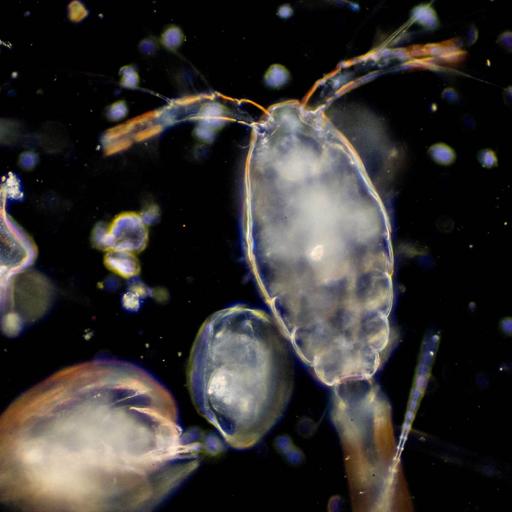Invertribates
Presentations | English
The kingdom Animalia, or Metazoa, includes all animals. Animals are multicellular, eukaryotic organisms, which are heterotrophic, meaning they obtain nutrition from organic sources. Most animals obtain nutrition by ingesting other organisms or decomposing organic material. An invertebrate is an animal without a backbone. Invertebrates don't have any bones at all! Invertebrates include spiders, worms, snails, lobsters, crabs, and insects like butterflies. However, humans and other animals with backbones are vertebrates. Invertebrates have specialized eating habits: Some species are grazers and eat phytoplankton or algae. Some prey on other invertebrates. Some feed on dead and decaying organic matter. It's common for invertebrate species to have four distinct stages to their life cycle: egg, larva, pupa, and adult, although this life cycle can vary. Invertebrates reproduce at least partly through sexual reproduction. They produce specialized reproductive cells that undergo meiosis to produce smaller, motile spermatozoa or larger, non-motile ova. This fuse forms zygotes, which develop into new individuals.

20.25
Lumens
PPTX (81 Slides)
Invertribates
Presentations | English
